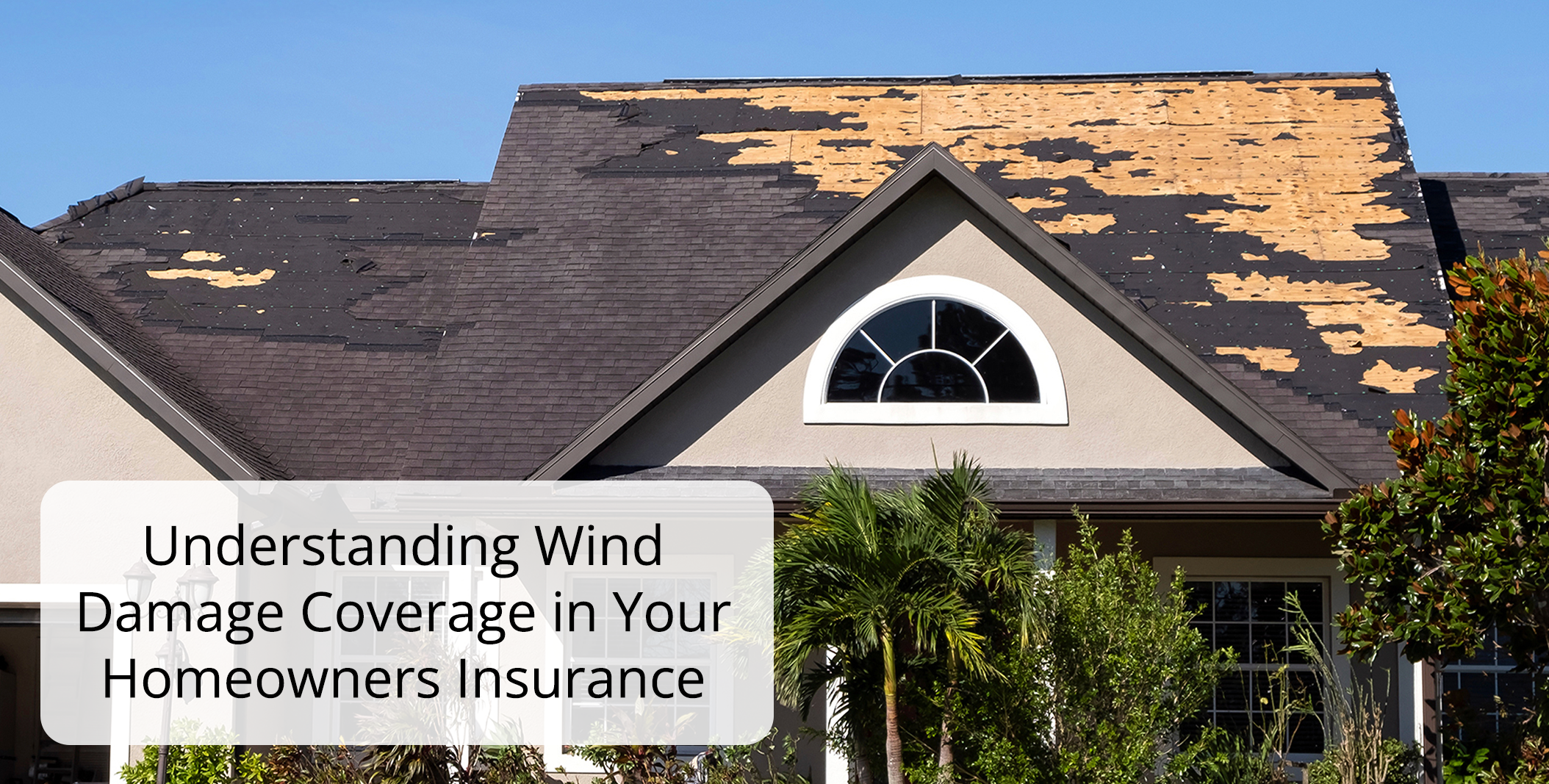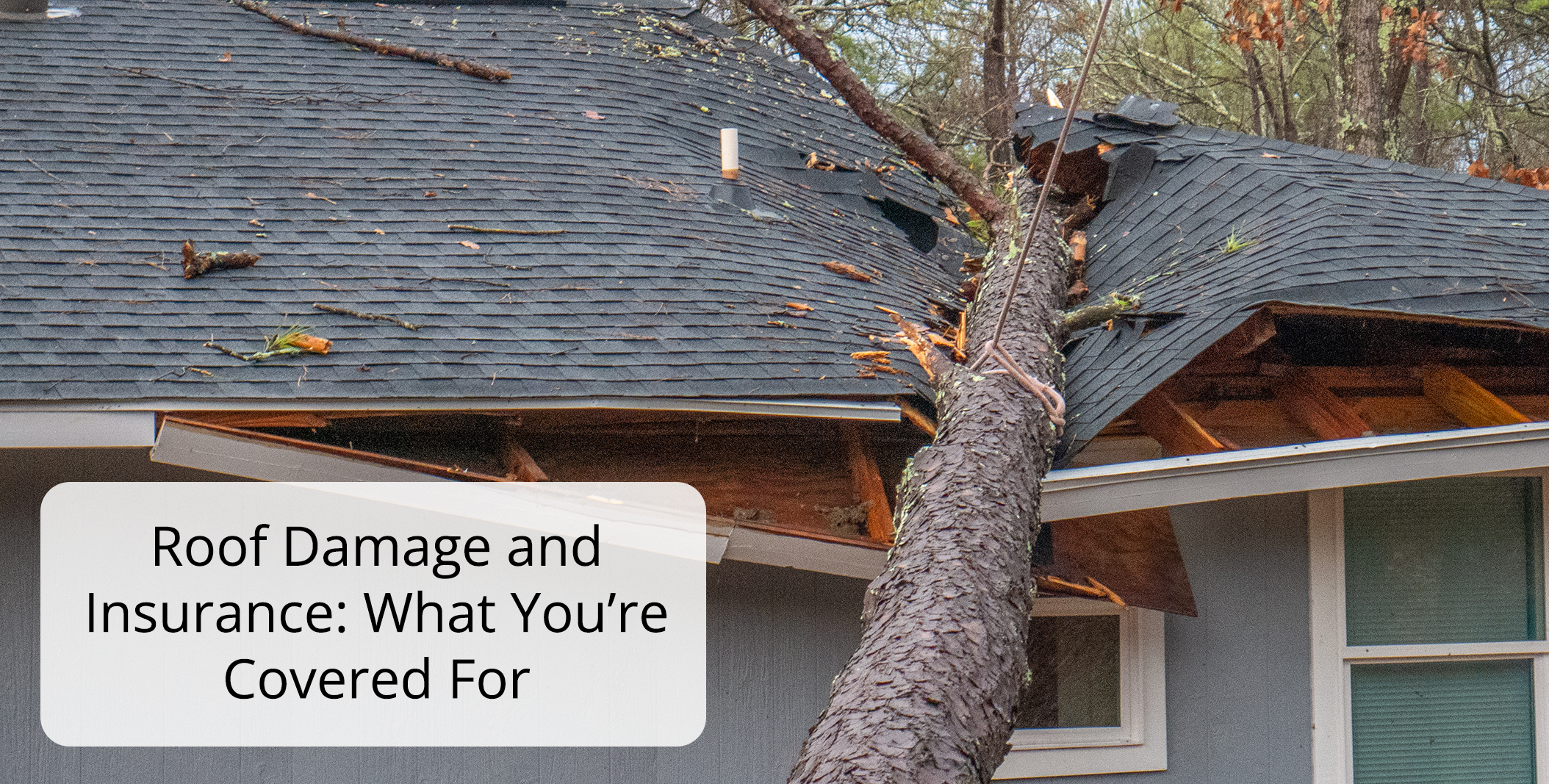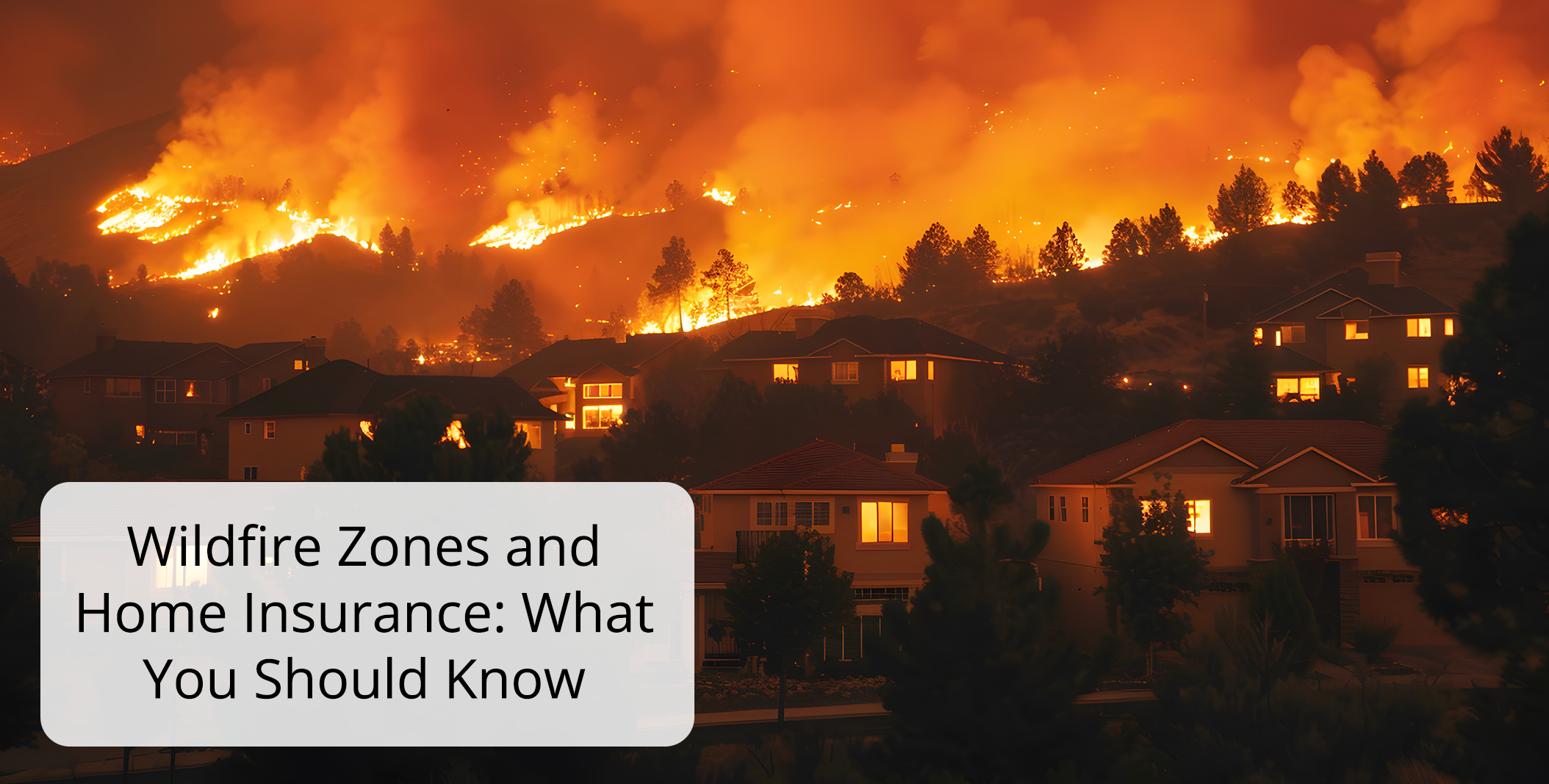Becoming a car owner for the first time is an exciting milestone, but it also comes with responsibilities—one of the most important being securing car insurance. Navigating the insurance world can feel overwhelming, especially with so many coverage options, pricing tiers, and policy details. Whether you’re buying your first car fresh out of college or upgrading from public transportation, here are three essential tips to help you find the right car insurance.
- Understand Your Coverage Needs
Before shopping for insurance, it’s crucial to understand the different types of coverage available and determine what you truly need. Car insurance isn’t a one-size-fits-all product, and your coverage should match your specific circumstances.
- Liability Insurance: Most states require this coverage, which pays for damages or injuries you cause to others. If you’re on a budget, this is the minimum coverage you’ll need to stay legal.
- Collision and Comprehensive Insurance: These cover damage to your car. Collision insurance pays for damages resulting from accidents, while comprehensive insurance covers non-collision-related incidents like theft, fire, or natural disasters. These are particularly important if you’re financing or leasing your car.
- Uninsured/Underinsured Motorist Coverage: Protects you if you’re involved in an accident with a driver who has no insurance or insufficient coverage.
- Add-Ons: Extras like roadside assistance, rental car reimbursement, or gap insurance may be worthwhile, depending on your needs.
Understanding these basics will help you decide what level of protection makes sense for your vehicle, your driving habits, and your budget.
2. Shop Around and Compare Quotes
Insurance premiums can vary widely between providers, even for identical coverage. Shopping around allows you to find the best value for your money.
- Use Online Tools: Comparison websites can provide multiple quotes quickly, making it easier to evaluate your options.
- Consult Independent Agents: Independent insurance agencies work with multiple carriers and can provide personalized recommendations tailored to your needs.
- Evaluate More Than Just Price: While affordability is essential, make sure you’re comparing policies with similar coverage limits and benefits. A cheaper policy may have higher deductibles or fewer perks, which could cost you more in the long run.
Additionally, ask about discounts. First-time car owners can often qualify for savings based on factors like good driving habits, bundling with other policies (such as renters insurance), or completing a driver safety course.
3. Consider Your Deductible and Budget Wisely
The deductible is the amount you pay out-of-pocket before your insurance covers the rest in the event of a claim. Higher deductibles typically result in lower premiums, but they also mean you’ll need to pay more upfront if an accident occurs.
- Assess Your Financial Comfort: If you can afford a higher deductible in an emergency, this may be a good way to save on monthly premiums. Conversely, if your budget is tight, opting for a lower deductible could provide peace of mind.
- Balance Coverage and Affordability: While it may be tempting to go with the cheapest policy available, skimping on coverage could leave you vulnerable to significant out-of-pocket expenses after an accident. Strike a balance between comprehensive protection and a manageable monthly payment.
Also, consider setting aside an emergency fund specifically for your deductible to avoid financial strain if you need to file a claim.
Bonus Tips for First-Time Car Owners
- Learn Your State’s Requirements: Each state has its own minimum insurance requirements. Make sure you’re compliant with the law while tailoring additional coverage to your needs.
- Check the Insurer’s Reputation: Look for reviews, customer service ratings, and claim response times to ensure you’re partnering with a reliable provider.
- Be Honest About Your Driving Habits: Insurers base rates on factors like how often you drive, your driving history, and the type of car you own. Being upfront ensures you get accurate quotes and avoid policy issues later.
Work With an Independent Agent
Shopping for car insurance as a first-time car owner might seem daunting, but with a clear understanding of your needs, a commitment to comparing options, and a thoughtful approach to budgeting, you can secure the right coverage. Working with an independent insurance agency can also simplify the process, as agents can guide you through the details and find policies tailored to your lifestyle and budget.
Investing time in finding the right insurance now will not only protect your car but also give you the confidence to enjoy the freedom of the open road, knowing you’re covered no matter what happens.
Disclaimer: The information provided in this article is for educational purposes only. It is important to consult with a qualified insurance professional for advice tailored to your specific circumstances.











Wind damage is one of the most common causes of property damage in the United States. From minor gusts that dislodge shingles to powerful hurricanes that wreak havoc, wind can significantly impact your home’s structure and your peace of mind. For homeowners, understanding how your insurance policy addresses wind damage is critical to ensuring you have the right protection in place.
In this blog, we’ll explore what wind damage coverage typically entails, what’s excluded, and how to prepare yourself for potential claims.
What Is Wind Damage?
Wind damage refers to any destruction caused by high-speed winds. Depending on the severity of the storm or weather event, wind damage can range from minor issues like fallen branches and displaced shingles to catastrophic destruction such as structural damage or a collapsed roof.
Common examples of wind damage include:
Understanding what qualifies as wind damage is the first step to determining how your homeowners insurance will respond.
Does Homeowners Insurance Cover Wind Damage?
Yes, most standard homeowners insurance policies include wind damage as part of their dwelling coverage. This means your home’s structure is protected against damage caused by high winds, provided the damage results from a covered peril. Here’s what you can expect:
1. Dwelling Coverage
Dwelling coverage pays for repairs or replacement costs associated with wind damage to your home’s structure, including the roof, walls, windows, and foundation.
2. Personal Property Coverage
If wind damage results in harm to your belongings—for example, a broken window lets rainwater into your home and damages furniture—your personal property coverage may kick in to help repair or replace those items.
3. Additional Structures Coverage
Structures on your property that are not attached to your home, such as fences, sheds, or detached garages, are often covered under your policy’s “other structures” coverage.
4. Loss of Use Coverage
If wind damage renders your home uninhabitable, your insurance may cover additional living expenses, such as hotel stays or temporary housing, while repairs are being made.
What’s Not Covered?
While wind damage is generally covered, there are exclusions and limitations in standard homeowners policies. Here are a few scenarios where coverage might not apply:
Insurance policies do not cover damage resulting from lack of maintenance. For example, if your roof was already in poor condition, an insurer might deny a claim for wind damage.
While wind-driven rain that enters through a damaged roof or broken window may be covered, flooding caused by storm surges or rising water is not. Flood damage requires a separate flood insurance policy.
If you live in a region prone to hurricanes or tornadoes, your policy may include a separate windstorm deductible, which is often higher than your standard deductible.
Some policies explicitly exclude certain wind-related events, such as hurricanes, unless additional coverage is purchased.
Special Considerations for Windstorm Coverage
In high-risk areas like coastal states or regions prone to tornadoes, standard homeowners insurance may not fully cover wind damage. Instead, insurers may require homeowners to purchase additional windstorm insurance or policies that specifically address wind damage.
Hurricane Deductibles
In states prone to hurricanes, policies often include a hurricane deductible, which is calculated as a percentage of your home’s insured value rather than a flat dollar amount. For example, if your home is insured for $200,000 and your hurricane deductible is 5%, you would pay $10,000 out-of-pocket before your insurance covers any damage.
Windstorm Insurance
Some states, such as Florida and Texas, have separate windstorm insurance policies available through private insurers or state-sponsored programs. This coverage is tailored to address the specific risks associated with severe wind events.
How to File a Wind Damage Claim
If your home sustains wind damage, taking the right steps can ensure a smoother claims process:
Take photos or videos of the damage as soon as it’s safe to do so. Capture images of the exterior, interior, and any personal property affected.
Most policies require homeowners to mitigate additional damage. Temporary fixes, such as tarping a roof or boarding up windows, can prevent the situation from worsening while you wait for repairs.
Notify your insurer as quickly as possible to begin the claims process. Provide them with documentation and any estimates you’ve received for repairs.
Your insurer may send an adjuster to assess the damage and determine the claim payout. Be present during this inspection to answer questions and ensure nothing is overlooked.
Once your claim is approved, hire a licensed and reputable contractor to perform the repairs. Be wary of storm-chasing contractors who may pressure you into signing contracts immediately after a weather event.
Preventing Wind Damage
While you can’t control the weather, you can take steps to minimize the risk of wind damage to your home:
Review Your Policy Regularly
Wind damage coverage can vary significantly depending on your insurance provider, location, and policy type. Regularly review your homeowners insurance with an independent insurance agent to ensure your coverage meets your needs. Independent agents can help you identify gaps in coverage, explain deductibles, and recommend additional policies, such as windstorm or flood insurance, if necessary.
Turn to Your Independent Insurance Agency
Wind damage is an unpredictable but common hazard for homeowners. Understanding your insurance policy, knowing what’s covered, and taking proactive steps to protect your home can provide peace of mind when the winds pick up.
If you’re unsure about your wind damage coverage or want to explore additional options, consult an independent insurance agency. With their expertise and access to multiple carriers, they can help you find the right policy to protect your home against life’s unexpected storms. Stay prepared, stay informed, and ensure your home is ready to weather any storm that comes its way.
Disclaimer: The information provided in this article is for educational purposes only. It is important to consult with a qualified insurance professional for advice tailored to your specific circumstances.